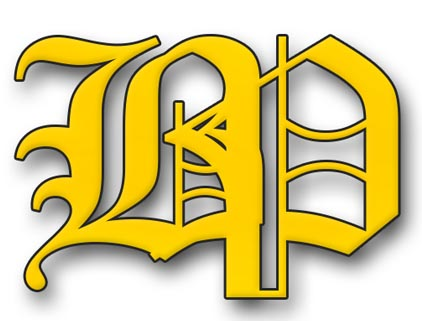Out-of-pocket healthcare expenditure rises to 73pc
Govt hospitals must stand by poor people

The out-of pocket (OOP) healthcare expenditure in the country rose to 73 percent in 2021 while it was 68.5 percent in 2020, according to the Bangladesh National Health account study released on Monday. Out-of-pocket (OOP) expenditure is one of the most noteworthy payment strategies for healthcare in Bangladesh and the share of OOP expenditure has been increasingly alarmingly.
About 54.40 percent cost was spent for purchasing medicines while diagnostic cost is 27.52 percent, 10.31 percent cost for consultation and 7.77 expenditure for transport cost. Due to OOP payments, around 3.7of the population, which is equivalent to 6.13 million, were pushed below the national poverty in 20222.
In 2012, the government formulated the ‘Health Care Financing Strategy 2012-32’ aiming to reduce the out-of-pocket health expenditure to 32% by 2032. The Health Care Financing Strategy 2012-2032 provides a framework for developing and advancing health financing in Bangladesh.
The framework and its direction are aimed at increasing the level of funding for health, ensuring an equitable distribution of the health financing burden, improving access to essential health services, reducing the incidence of impoverishment due to catastrophic health care expenditures and improving quality and efficiency of service delivery.
However, the healthcare financing strategy did not work for the people of the country. The Directorate General of Drug Administration increased prices of 53 essential drug brands of 20 generics used in primary healthcare last year as per the pharmaceutical companies’ application.
54.40 percent cost was spent for
purchasing medicines while
diagnostic cost is 27.52 percent,
10.31 percent cost for consultation
and 7.77 expenditure for transport cost
When poor and middle income groups bear the brunt of price hike alongside reeling from unprecedented economic crises, increased per capita healthcare expenditure has added to their miseries. The unprecedented drug price hike has also hit the poor cluster of the society and middle income families hard as well.
The increase in prices of medicine has already directly affected the poor patients, making their lives miserable. Our country has high prevalence of non-communicable, communicable and viral disease such as cardiovascular ailments, diabetes and hypertension.
As millions of people suffer from these common health issues, it will be very difficult for them to bear their health treatment expenditure. Many people are now avoiding medical procedures and tests due to high expenses.
Considering the overall situation, we think the government hospitals and community clinics can play key role in providing primary healthcare services to the rural people. Simultaneously, the affluent of the society and businessmen should extend their all out support to poor patients to get essential medicines.
The government should supply all essential types of medicine at free of cost to the people after procuring them from companies at a competitive price. If the government procures drugs, it will ensure quality as well as a competitive price.
The physicians must refrain from prescribing
unnecessary drugs for commission and they should give patient hearing to the people who suffer from various diseases.



